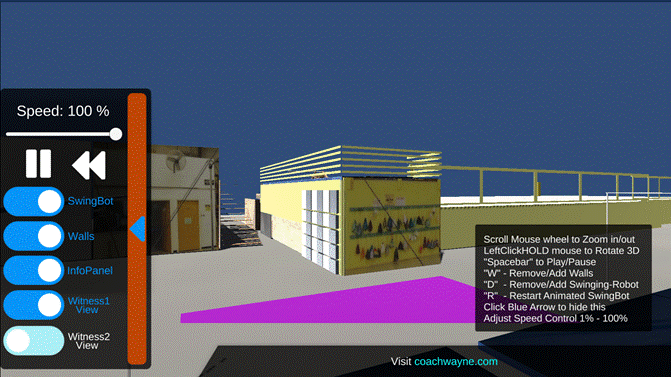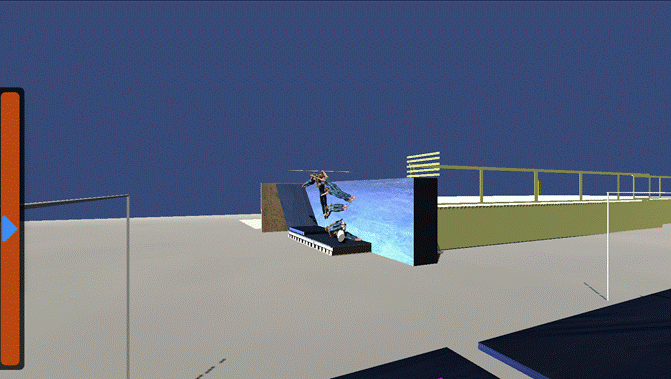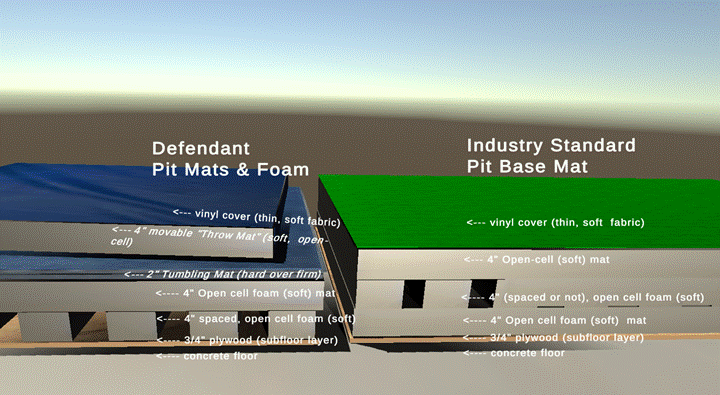Sports Litigation Alert recently interviewed William Wayne Evans, or CoachWayne, as he has come to be known in his area of expertise – instructing athletes participating in gymnastics, tumbling, and cheerleading.
What makes Coach Wayne unique, besides his decades of his experience, is his use of modeling when retained as an expert. We explored this approach in the interview that follows.
Question: Briefly tell us about your background and what qualifies you as an expert in sports injury lawsuits?
Answer: Not only have I trained and certified more than 100 professional tumbling instructors, but I am also an athlete with over 40 years of experience giving other athletes instruction in gymnastics, tumbling, and cheerleading. That experience includes coaching an Olympic gymnast and a university cheerleading team. All this has provided me an understanding of proper training protocols as well as those practices that are likely to lead to a sports injury, enabling me to provide expert witness testimony and pretrial support to attorneys.
Q: How is your approach different from other experts?
A: Through the creation of an interactive 3D model utilizing a small, stand-alone application, I provide an opportunity for the attorneys, mediators, judges, and/or juries to understand the incident through which the athlete suffered a sports injury. The model is an invaluable device in understanding the factual scenario(s) on which my opinion is based and can be utilized as a pre-filing exploration of the facts, a pre-trial tool to facilitate a fair settlement, and/ or as a part of trial evidence to obtain the appropriate damage award from the trial judge or jury. I
Q: How does the 3D model work?
A: The model functions as a visualization tool. After my review of all available evidence regarding the incident in question, I create a model of the scene, as well as the materials (i.e., any equipment) and persons present. All factors at the incident scene which might impact the manner in which the injury played out are taken into account. The beauty of the model is that it is adaptable and progressive to the facts discovered. Once the model is created it allows the viewer to SEE what happened and to SEE those factors that matter to the injury incident and the impact on the athlete. With this tool, the attorney is aided in presenting their case and can potentially communicate and convey more persuasively the basis of the case and damage demand. I consider this a very necessary tool, we create a great deal of leverage that saves significant man-hours so it’s a solid investment at a very reasonable price-point.
For example:

One injury incident in which I served as an expert witness involved a young gymnast who was injured performing an unplanned dismount from the high-bar. I was asked to provide an opinion on the Standard of Care. One of the key concerns was supervision. Based on my experience and established safety standards it was very clear that supervision requires that all activities performed be in the line of sight of the supervising adult. Comparing the above image from the 3D model with the following image (below), provided an easy visual to support my opinion that the injured gymnast’s supervisor was unable to see him practicing his high bar routine due to the wall in place between the supervisor and the high bar equipment. With the 3D model, it was also possible to show where the supervisor could have stood to have an unobstructed view. Also critical in this case was the type of matting used with the high bar equipment. The 3D modeling was also useful in illustrating why the novel use of the mats in question, in my opinion, was a violation of the applicable standard of care. *


*Use of this example case was expressly permitted by the retaining attorney. The link to the full 3D model visualization is: https://3d.coachwayne.com/kid4/ (Note: this version of the application is not mobile-friendly, give it 15 seconds to load up through your browser the first time.)
Moreover, it is easy to see that the 3D modeling technique would also be useful in other types of personal injury cases including accident reconstruction, premises liability, and even in patent infringement matters.
Q: Can you estimate an average price point for the use of this 3D modeling technique?
A: Each case will be unique based on complexity, however, my work in completing the 3D model in the above-referenced example case was approximately $4,000. That included the conversion to video and stills which were integrated into my Expert Witness Report. An attorney who might wish a more particularized estimate for their case can contact me at coach@coachwayne.com

